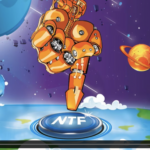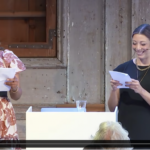
JAKE SILVA
Meta
[s2If current_user_can(access_s2member_level1)]
[/s2If]
[s2If !is_user_logged_in()]
Join EPIC to access video:
→ Learn about Membership
→ Browse Video Library
[/s2If]
[s2If current_user_is(subscriber)]
Join EPIC to access video:
→ Learn about Membership
→ Browse Video Library
[/s2If]
This presentation narrates my journey as a skeptical researcher into the emerging world of NFTs. After unexpectedly moving into this much-hyped space, I use the resilience that curiosity fosters to overcome my skepticism of it and explore the human possibilities within. Through continuous questioning and learning how to code my own NFT from scratch, I realize their promise as a new medium for unbounded human expression. I then frame this self-discovery as a revelation and triangulate it with examples of NFT artistry captured during fieldwork. Finally, and counterintuitively, I question the veracity of my own revelation and argue that continuous questioning, even of our own work, strengthens our resilience as...





